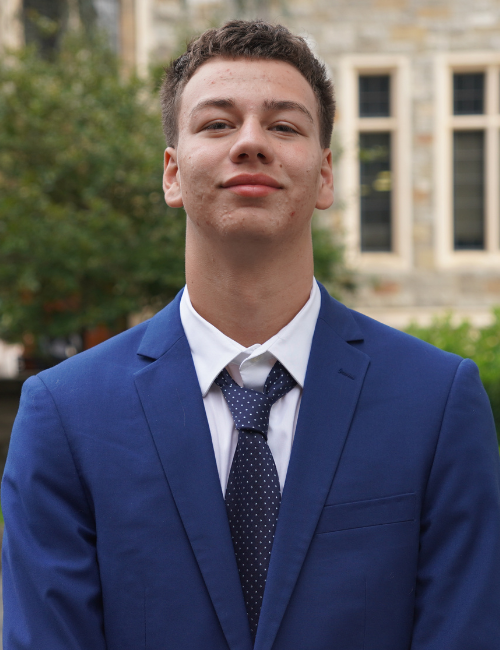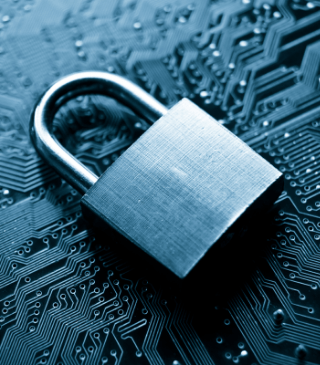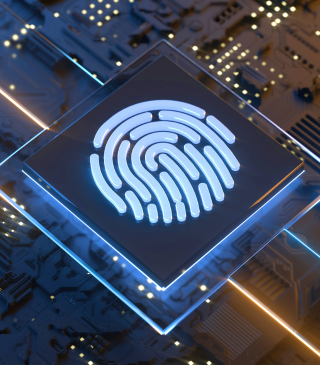Logan_Schmelzer
My Cybersecurity Internship
Food Justice DMV
Quick Facts
Food Justice DMV supports undocumented Mexican families who face discrimination and costly ICE hearings.
Many struggle to afford food, especially during crises like the pandemic when government aid is unavailable.
The organization works one family at a time to break this cycle of hardship.
By ensuring no family has to sacrifice basic needs, Food Justice DMV strives to provide fair chances and improve the lives of vulnerable households in the community.

Food Justice DMV
About the Nonprofit
Food Justice DMV is dedicated to supporting struggling undocumented households by providing essential food and necessities. The organization offers personalized consulting and customized assistance to help families overcome immediate challenges.
Through guidance and tailored support, Food Justice DMV aims to empower individuals to seek employment and move toward self-sufficiency. By fostering independence, the nonprofit expands its capacity to assist more people in need.
Their compassionate approach creates a cycle of support that enables undocumented households to build stability and access opportunities for a better future within the community.
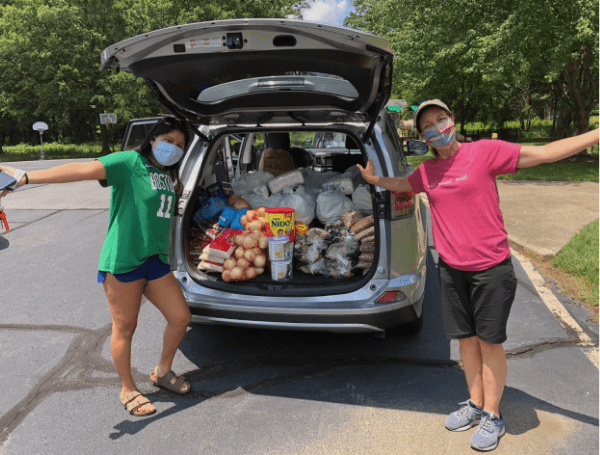
Food Justice DMV
Community Involvement
Food Justice DMV’s diverse team includes staff working behind the scenes and those engaging directly with non-English speaking families. They employ community members to both receive and provide support, strengthening local networks.
The organization partners with faith-based groups like churches and synagogues, schools such as American University and Sidwell Friends, and mutual aid networks including DC Central Kitchen and Sanctuary DMV.
Government support comes from Fairfax County’s Department of Neighborhood and Community Services. Together, these collaborations enhance outreach, donations, and volunteer efforts, amplifying Food Justice DMV’s impact in serving vulnerable undocumented households.
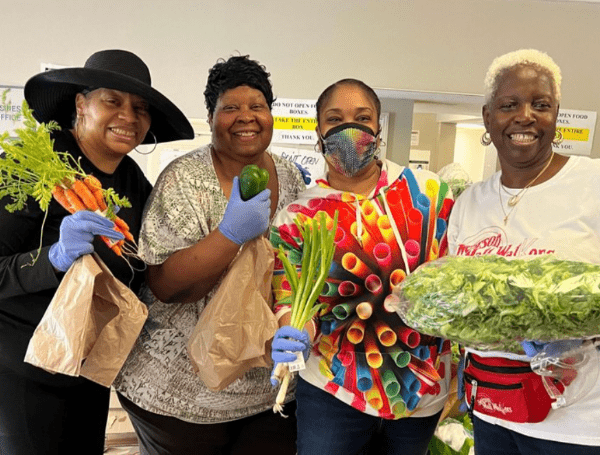
Food Justice DMV
Current Vulnerabilities
Food Justice DMV faces significant cybersecurity risks due to its work with undocumented immigrants. Protecting client information is critical because exposure could lead to government intervention or deportation.
The rise in anti-immigrant sentiment heightens these threats, making data security vital for the safety of those served. Additionally, safeguarding donor information is essential in this politically sensitive environment to maintain trust and encourage ongoing support.
Any breach could deter donors and jeopardize the organization’s ability to provide vital assistance, making strong cybersecurity measures a top priority for Food Justice DMV.
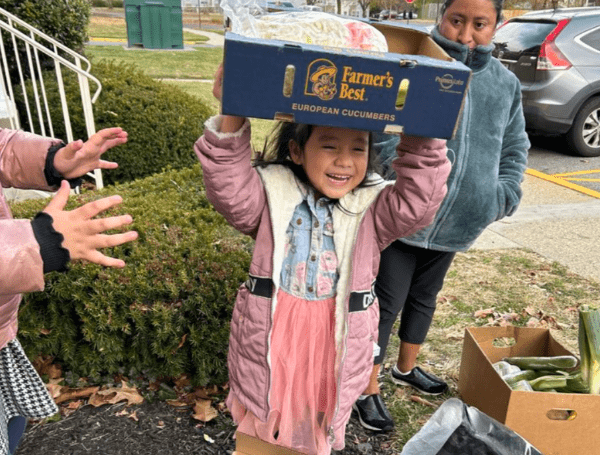
My Security Presentation
During the Cybersecurity & Defense Internship, I worked with Beth Cerrone and Jamie Kreider to learn the basics of cybersecurity and explore its practical applications.
Throughout the week, I worked with a nonprofit to develop cybersecurity solutions to protect against various cyber threats. I worked with my team to analyze the threats to the organization and then developed a comprehensive solution.
At the conclusion of this internship, our team pitched the final proposal to the Leadership Initiatives Grant Committee, earning a microgrant to support the implementation of our proposal.

My Security Proposal
Throughout the program, we worked closely with Food Justice DMV to gain a clear understanding of their goals. These meetings provided valuable insights into critical gaps within their cybersecurity system and the potential risk they pose to the operation of their business.
The most pressing issue facing Food Justice DMV is the lack of foundational infrastructure and security protocols, including no incident response plan, no data backups, and the absence of a secure host server, which significantly undermines the organization's ability to protect sensitive data, ensure operational continuity, and build trust with those it serves.
To address this issue, we developed a comprehensive security proposal that included a SWOT analysis of the Food Justice DMV’s current situation. Drawing on international cybersecurity standards, we proposed setting up two-factor authentication across all key accounts, assigning strong, unique passwords, and offering basic cybersecurity training to staff and volunteers to increase awareness and reduce human error. For added protection, we recommend investing in physical thumb drives to regularly back up donor and recipient data and using a secure VPN, such as NordVPN, to encrypt internet traffic and protect sensitive information from potential interception. We'll assist with the technical setup of these tools, guide the organization through implementing a secure backup routine, and ensure that personal information is accessed and managed only by trusted individuals. These changes not only improve internal operations and resilience but also assure donors and recipients that their data is safe—reinforcing trust in the organization and its mission.
Internship Highlights

I was given the unique opportunity to take exclusive tours of multiple government and security sites to speak directly with security professionals. During these tours, I was able to witness firsthand how cybersecurity operates at the national and international level.
I was able to visit the United States’ Security Innovation Lab. Throughout this visit, I was able to learn firsthand from government officials regarding how the government funds and establishes cyber-intelligence and cyber-counterintelligence technology.
We also toured the Homeland Security Investigations' (HSI) Technical Operations Center. During this visit, we learned how the government uses technology to track major crimes including wire-fraud, human trafficking, child exploitation, and more.
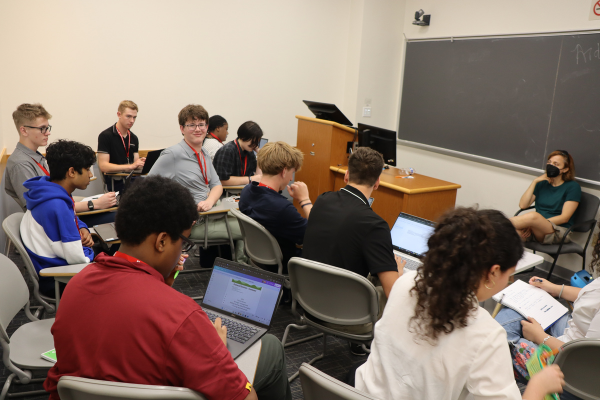
In order to apply the skills I learned throughout the internship, I worked directly with a nonprofit based in the Washington D.C. area to discuss their company's cybersecurity needs.
After three meetings where I walked through the organization model, protected information, and staff training of the nonprofit, I worked with my team to create a staff training protocol and threat analysis for my partner.
At the end of the internship, I advocated for, and received funding for, my nonprofit partner to implement the cybersecurity training protocols so they can best protect their client information and continue to develop with a reduced fear of cyber attacks and cybersecurity threats.
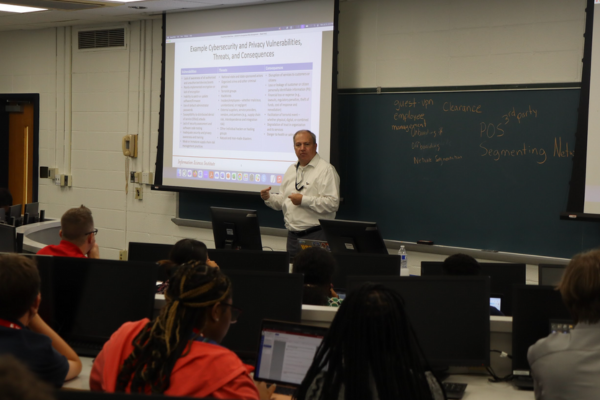
To learn more about the world of cybersecurity, I was given the unique opportunity to speak directly with cybersecurity experts from multiple organizations and backgrounds.
I worked directly with one of the leading consultants in Cyber Threat Management, and a lead Cyber Consultant from Ernst & Young, Phuong Nguyen, to learn about common threat assessment and cybersecurity counterintelligence. I also heard from the Director of Government Compliance for KPMG, Lisa Mathews, and the lead SME for the FutureG Initiative for the Department of Defense, Dr. Dan Massey.
Throughout the internship, I also heard presentations from and spoke with representatives from the Department of Defense, Department of Homeland Security, and the National Security Agency. To learn the physical side of cybersecurity, we also had the unique opportunity to meet with globally recognized penetration testers and network threat assessors.
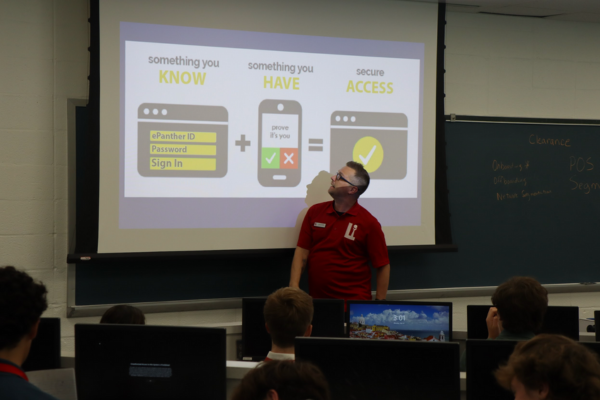
In order to put the skills we learned to the test, I had the unique opportunity to work with cybersecurity software typically used in graduate-level instructional courses. This provided me with a hands-on environment to develop and apply a wide range of cybersecurity skills.
I began with network cybersecurity, completing labs focused on network security and Linux to gain a deeper understanding of how networks communicate and where vulnerabilities may arise. This experience highlighted the ways in which cybersecurity threats can disrupt or compromise these communications, reinforcing the importance of proactive defense measures.
Building on these Linux skills, I participated in capture-the-flag coding competitions and explored virtual rooms designed to simulate real-world cybersecurity challenges. These activities tested both my technical abilities and problem-solving skills, allowing me to apply classroom concepts in practical, scenario-based settings.


